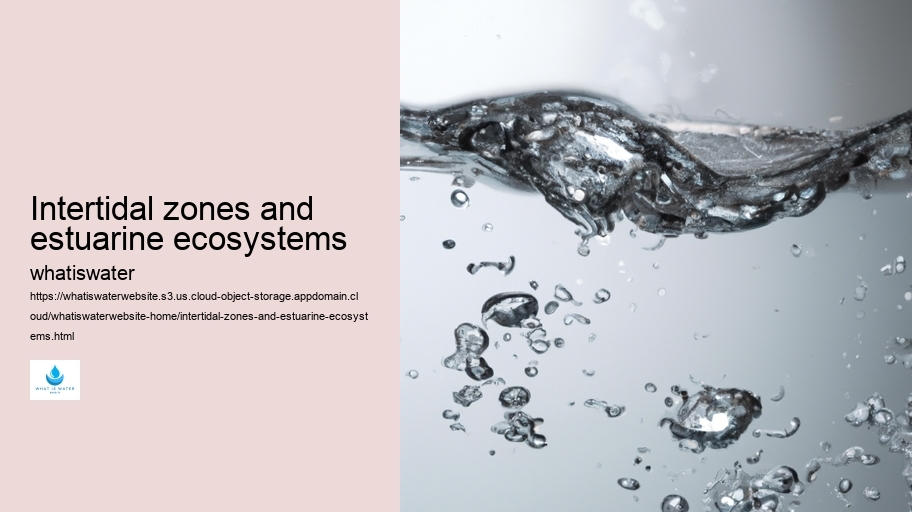Estuarine ecosystems exist where freshwater from rivers mixes with saltwater from seas or oceans. They form transitional zones with brackish water and are among the most productive natural habitats on Earth. Estuaries serve as nurseries for many marine species, filter pollutants from runoff before they reach open waters, and provide protection against storms.
Both environments endure significant ecological pressures due to their positions at the edge of aquatic and terrestrial realms. Water in Culture and Religion Climate change impacts these delicate systems through rising sea levels, changes in salinity, and altered weather patterns. Additionally, human activities such as coastal development and pollution further threaten their integrity.
Conservation efforts focus on preserving biodiversity within intertidal zones and estuaries by establishing protected areas, restoring damaged habitats, controlling invasive species, and promoting sustainable practices among local communities. The safeguarding of these critical regions not only protects numerous plant and animal species but also supports the livelihoods of millions who rely on the resources provided by these vibrant ecosystems.
Water Efficiency
Understanding the symbiotic relationship between humans and these ecosystems is essential for ensuring their future health. Education plays a vital role in fostering an appreciation for the complexity of intertidal zones and estuarine environments while encouraging responsible stewardship to maintain their ecological functions for generations to come.
In summary, intertidal zones are dynamic interfaces between land and ocean that host specialized life forms adapted to alternating wet and dry conditions. Estuarine ecosystems are equally important as they blend fresh- with saltwater creating rich habitats vital for biodiversity conservation. Both face threats exacerbated by human activity but can be preserved through concerted global conservation strategies aimed at ensuring their resilience amidst environmental changes.

